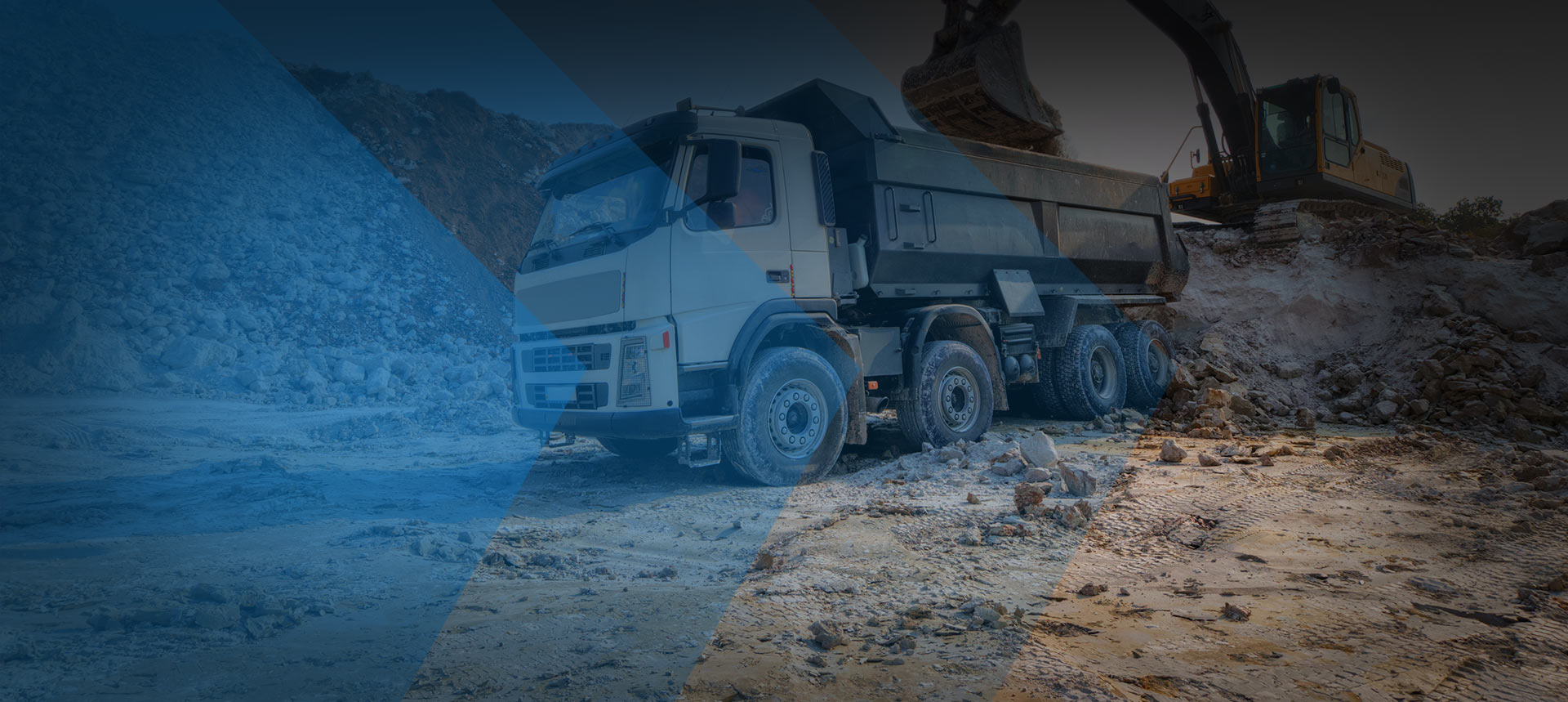18 Sep Types of Aggregates
Different Types of Aggregates
Aggregates are materials such as crushed stone, gravel, recycled concrete and sand which are used in construction. These aggregates are used to put up commercial blocks, private residences or even infrastructural projects such as roads, dams and bridges. Transportation systems across the country have a foundation built on aggregates. In this post we briefly examine the world of aggregates.
There are three main categories of aggregates and these include natural, manufactured and recycled aggregates.
Natural Aggregates
These are construction materials that are used in their natural form and are only subjected to physical processing such as crushing. Examples of natural aggregates include sand, gravel, limestone, sandstone,igneous rock and others.
Sand is one example of a natural aggregate. It’s a natural granular material consisting of fine mineral and rock fragments and is mixed with cement to make concrete.
Gravel is another type of a natural aggregate. It is composed of rock fragments and is mainly used to surface roads especially those with little traffic. It’s also mixed with cement to make concrete.
One more natural aggregate is limestone. Limestone is a sedimentary rock composed of marine organisms such as coral and molluscs. It is used in the construction of roads and buildings.
Igneous rock is another type of natural aggregate. It is formed through the cooling and solidification of lava. Its usage is very similar to that of Limestone.
The other natural aggregate is sandstone. This is a sedimentary rock that is made up of fine Quartz fragments. Sandstone is used to construct ornamental fountains and statues. Apart from these natural aggregates, there are also manufactured aggregates.
Manufactured Aggregates
These are products of an industrial process which are used in construction. One good example here is slag. Slag is a byproduct of the steel making process. It consists mainly of Limestone that has absorbed some Phosphate from an Iron ore that is being smelted. Slag is usually mixed with cement to make concrete.
Dross is another example of a manufactured aggregate. It’s a solid impurity that floats on molten metal such as tin, lead or wrought Iron. Dross is recycled and used to make steel which is utilized to reinforce concrete.
Fly ash is also a type of a manufactured aggregate. It is a residue of burning coal and is used to make concrete, construct roads and even manufacture cement among other uses.
The most common manufactured aggregate however is cement. It’s made using Calcium, Iron, Silicon, and Aluminium. Cement is used to hold together gravel and sand to form concrete.
Recycled Aggregates
These are materials which have been previously used for construction. For example, if a building is demolished and the materials that were used to construct the building are used again for construction, then such materials are referred to as recycled aggregate. Examples here include crushed concrete, asphalt millings and others.
In conclusion therefore, it can be observed that there are diverse aggregates with wide ranging applications ranging from erection of simple buildings to construction of complex and elaborate infrastructural edifices such as airports and hydroelectric dams.
Aggregate Suppliers
On your next trip across town take notice of any construction site. There is a good chance that an aggregate delivery is taking place. If you are in need of aggregates of any type contact Same Day Aggregates for a no obligation estimate. Phone:

